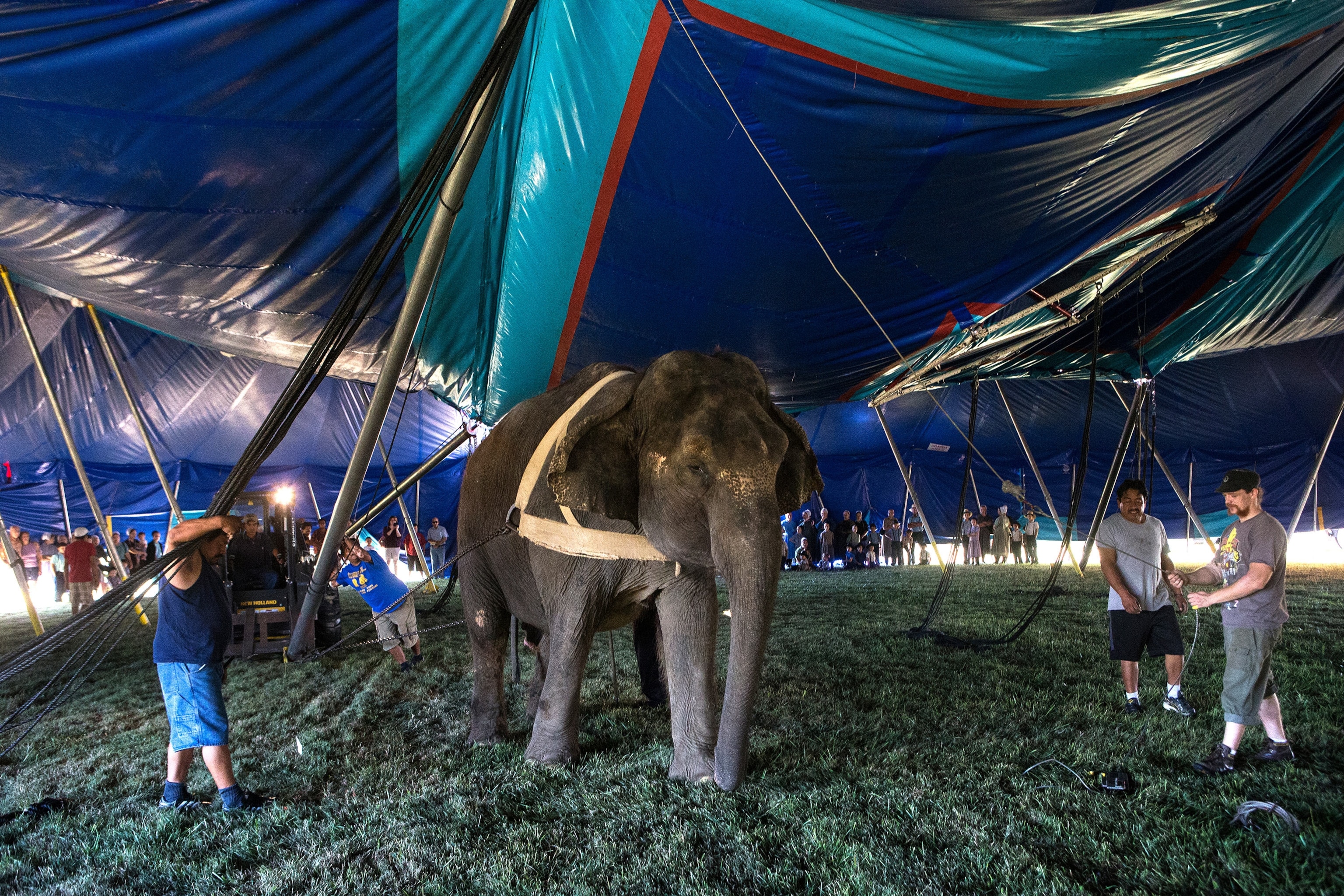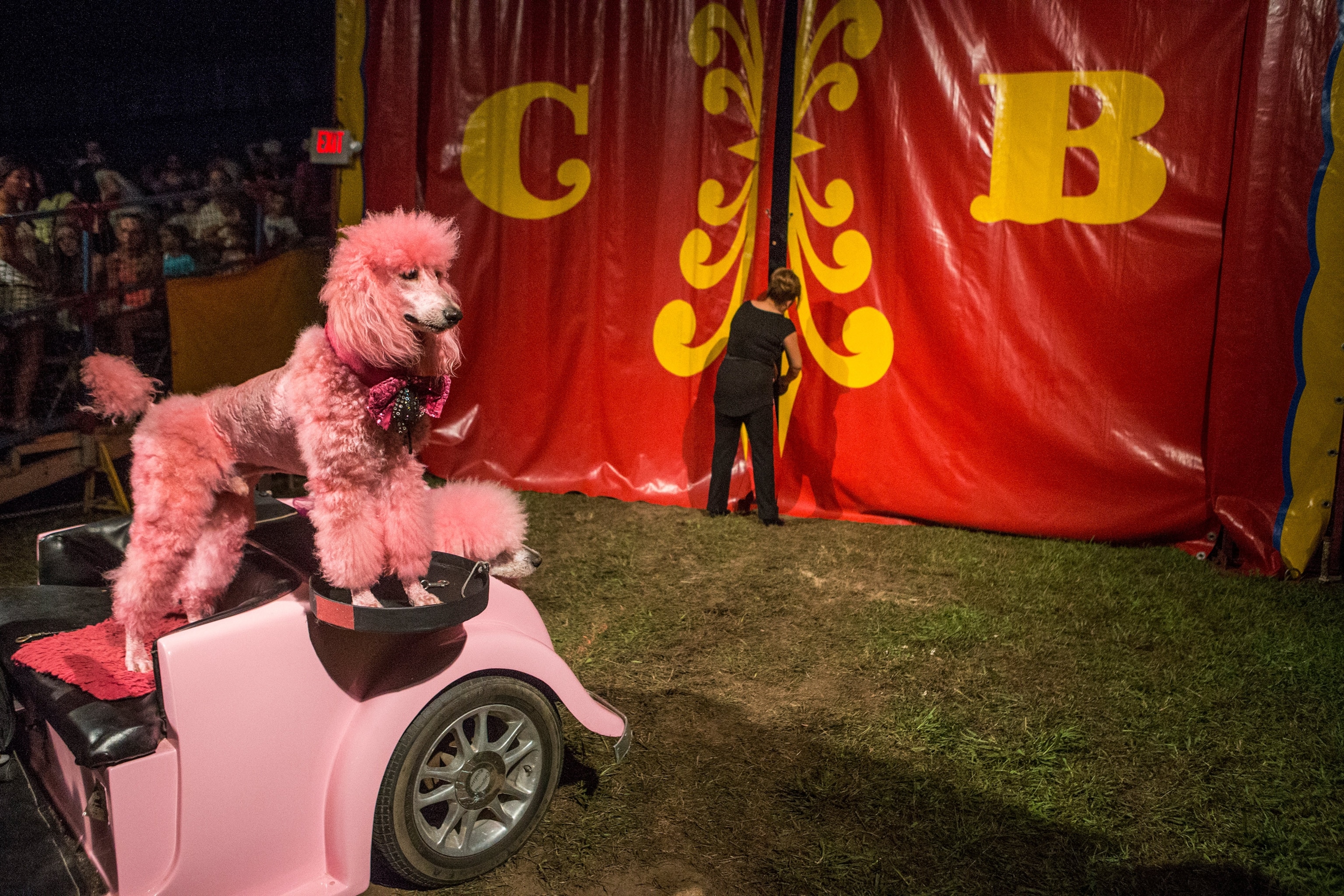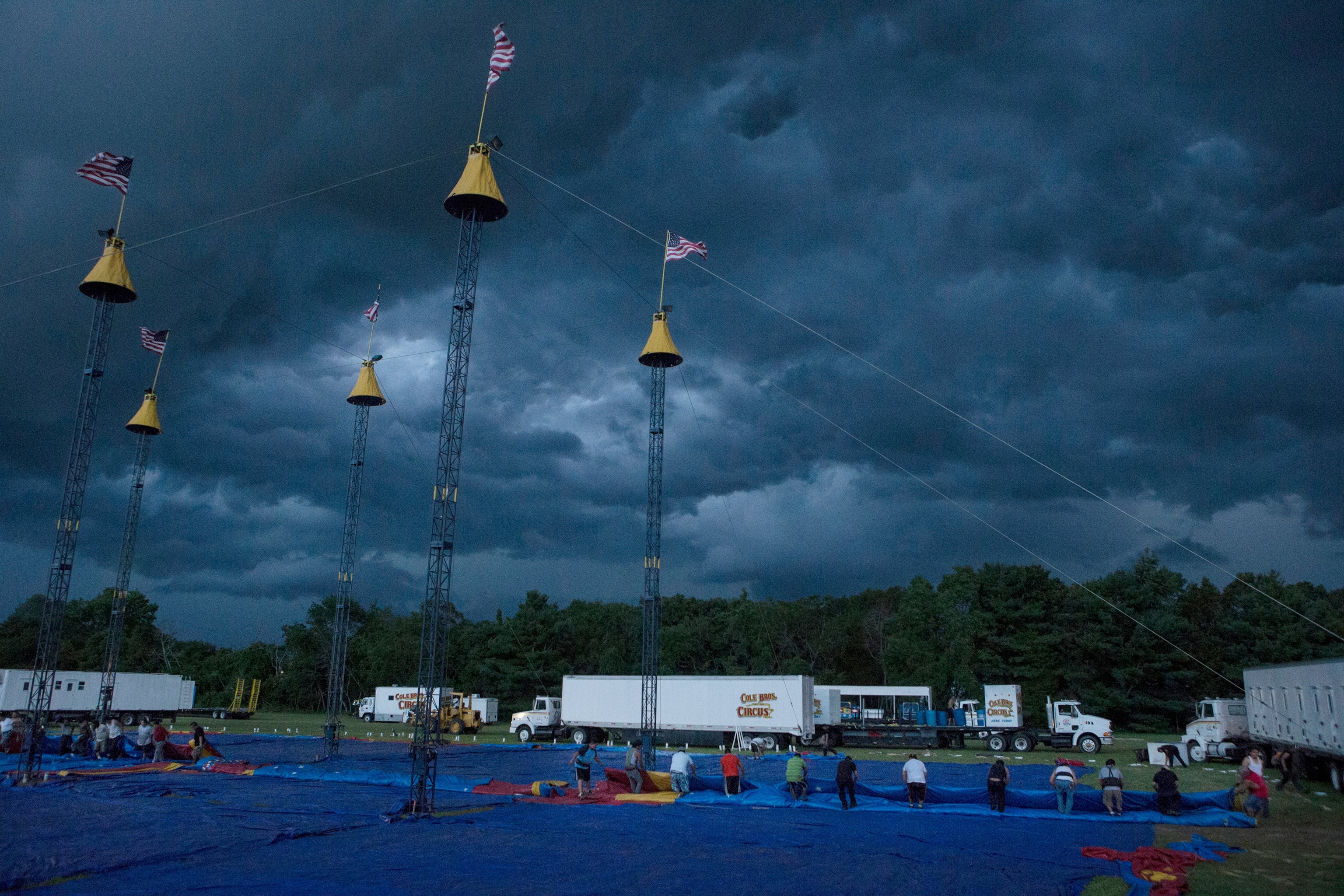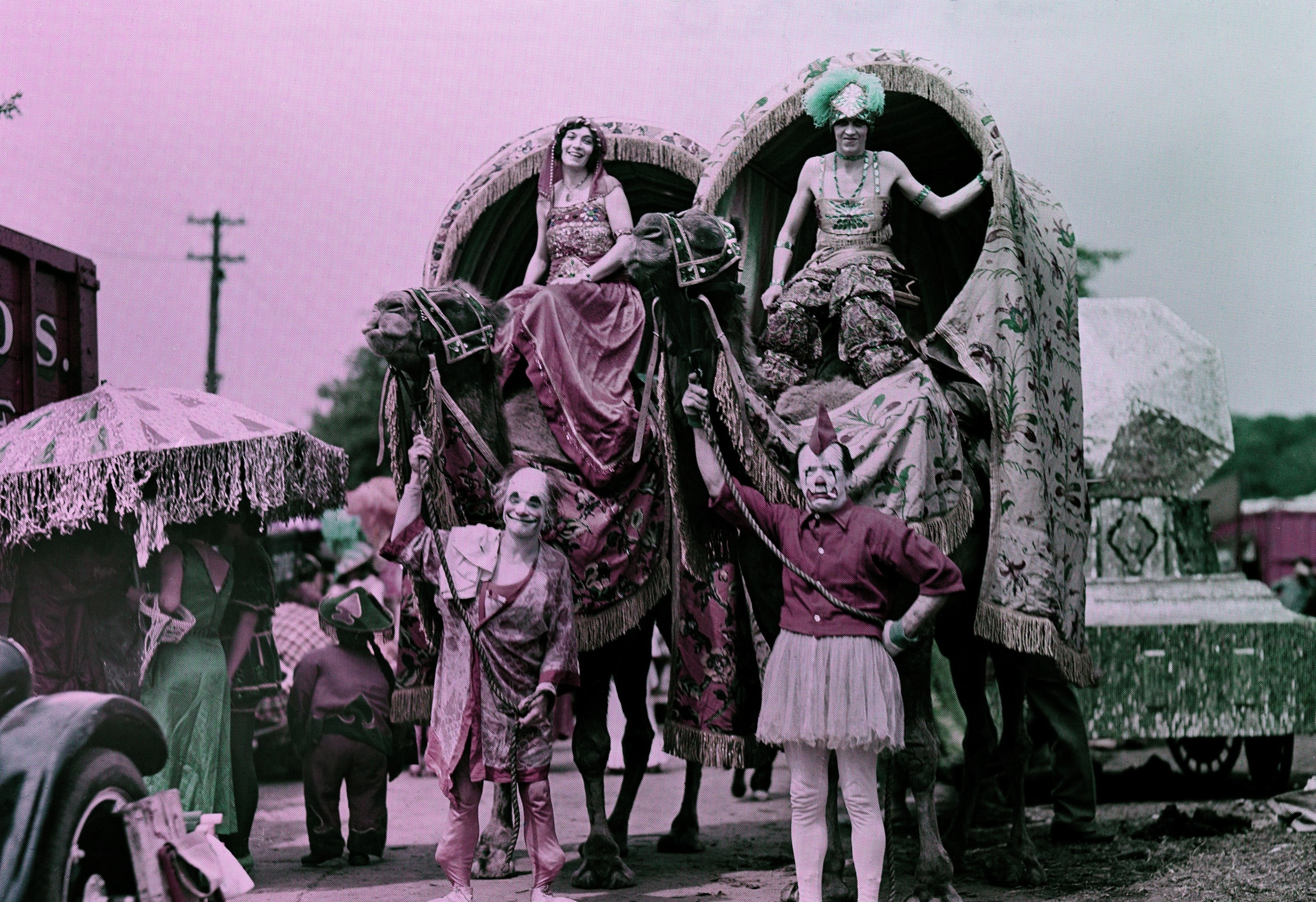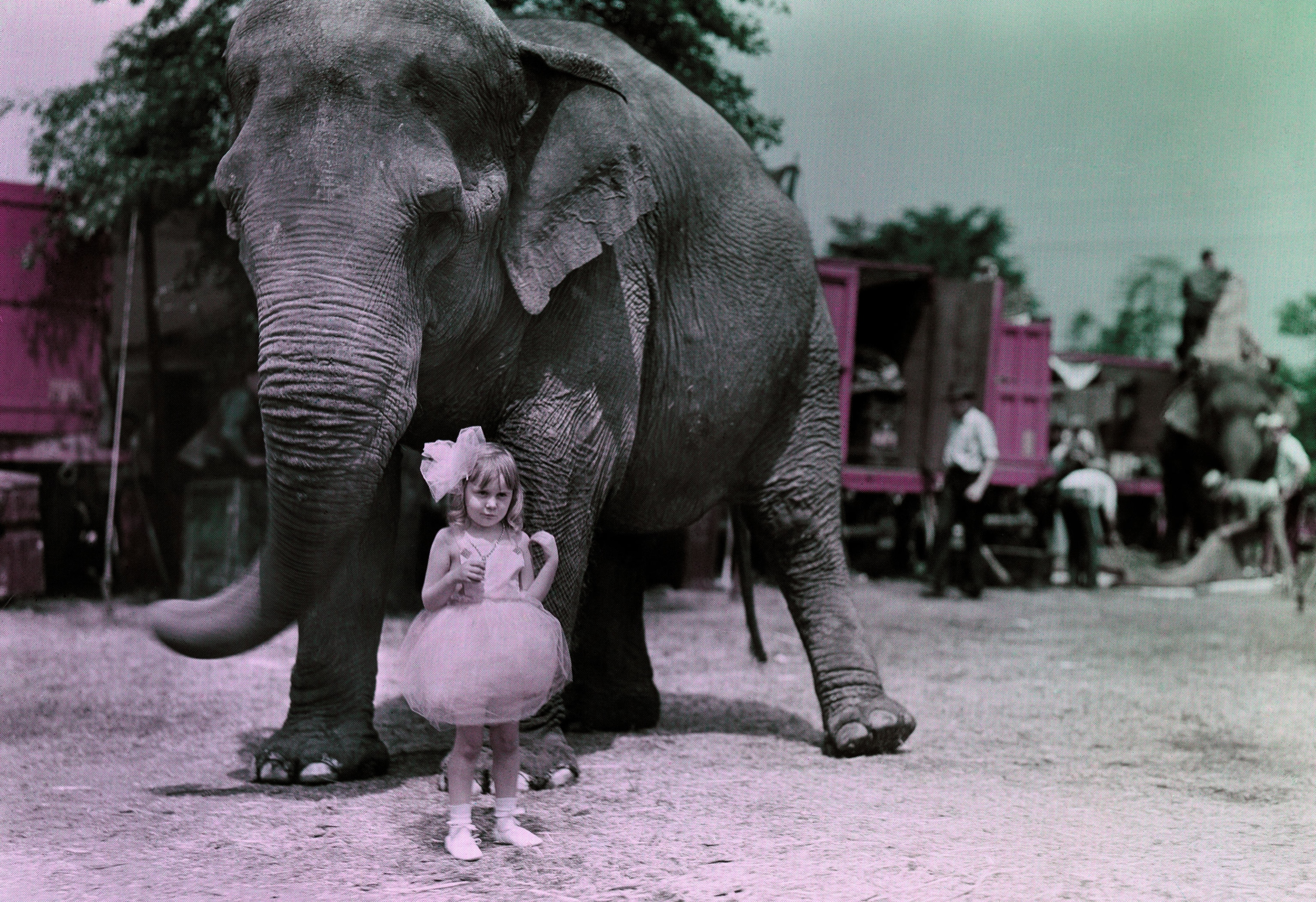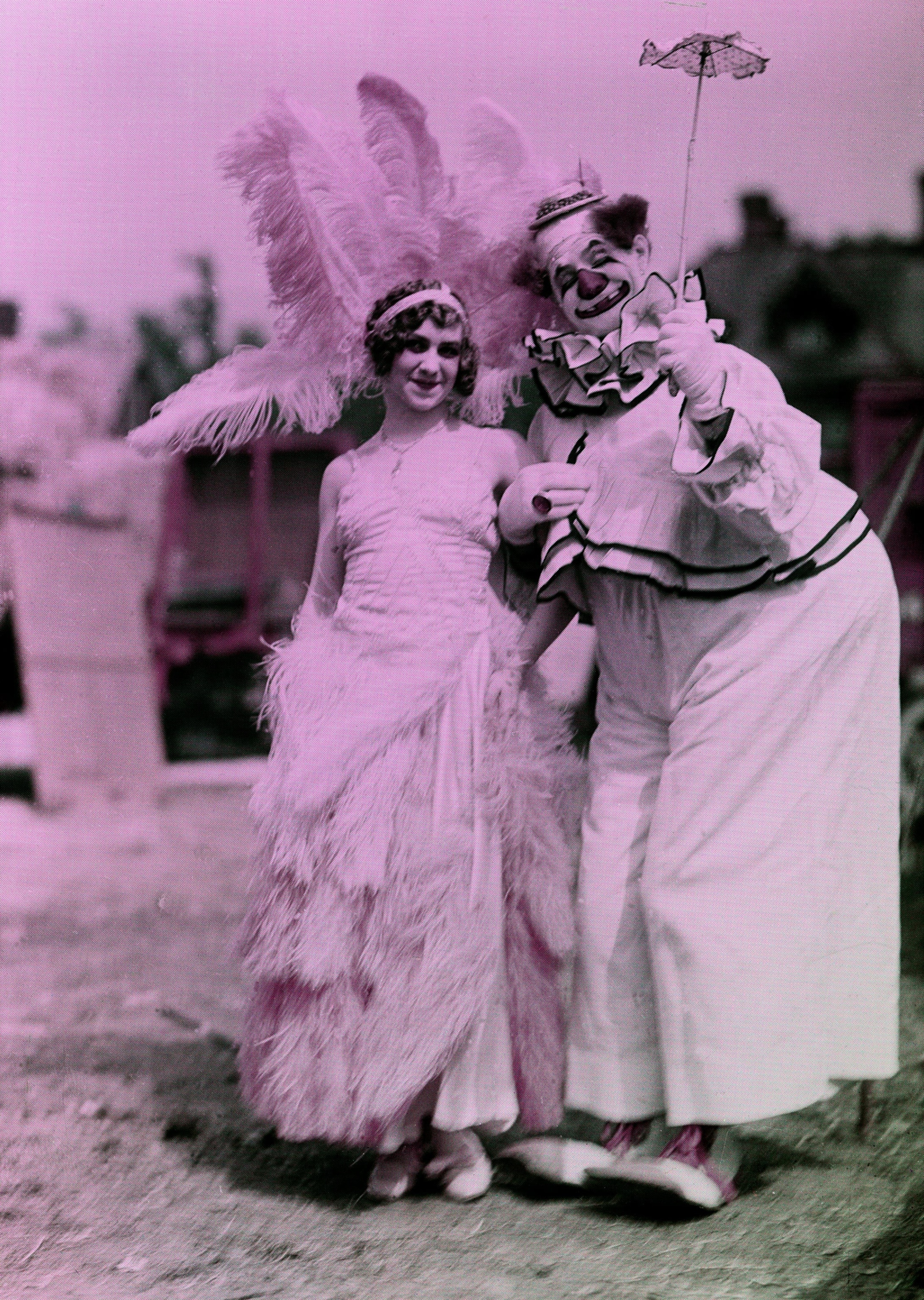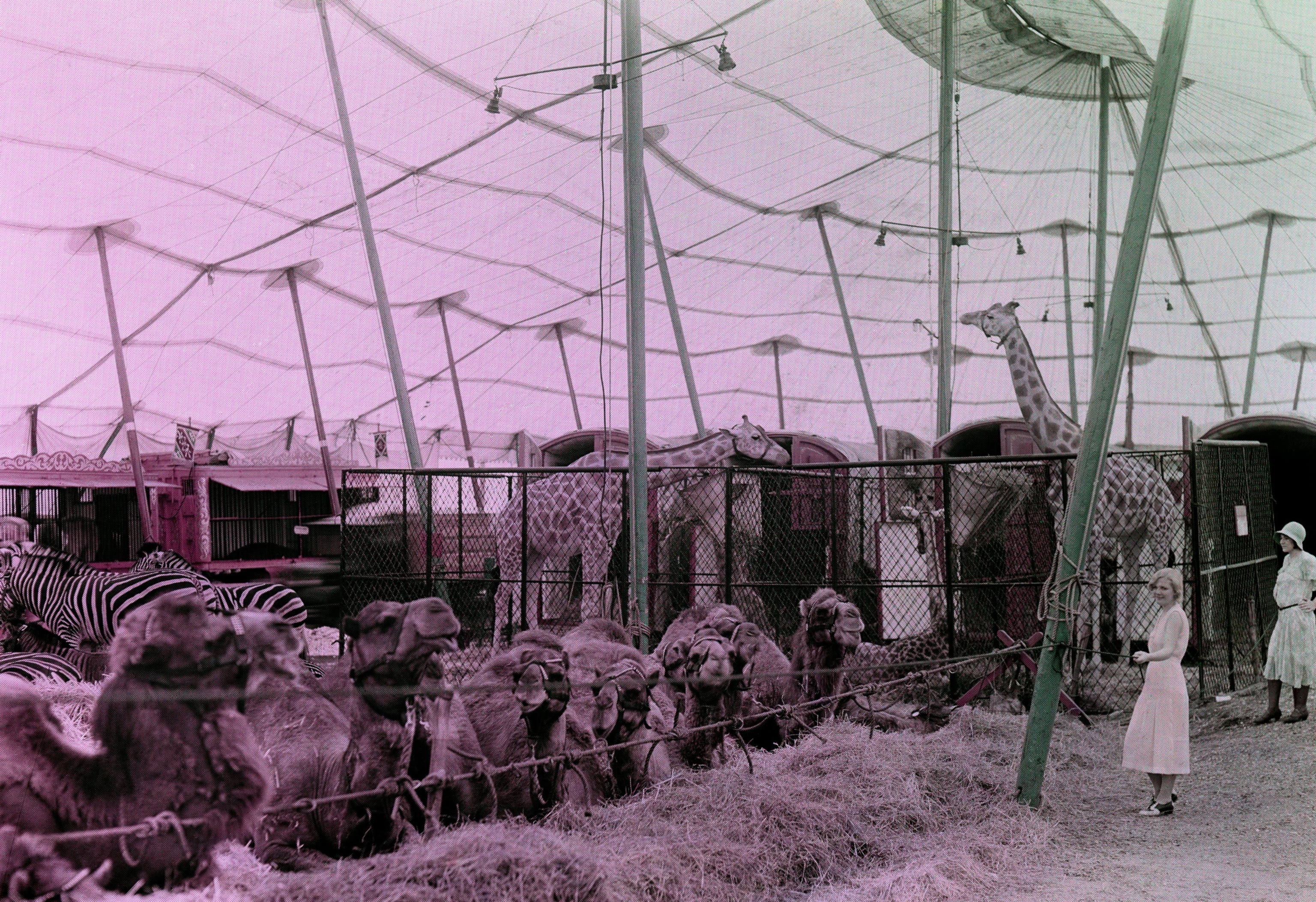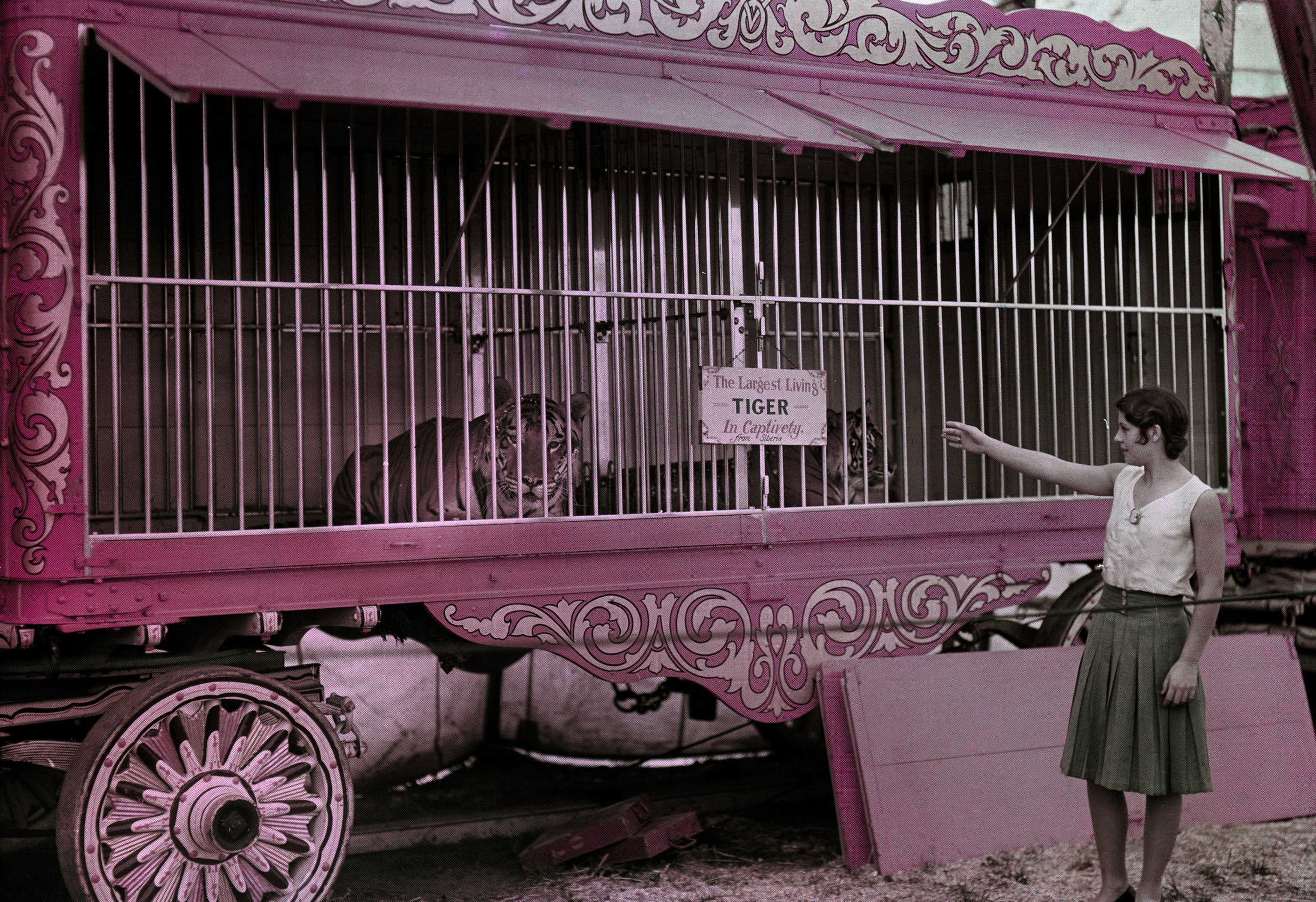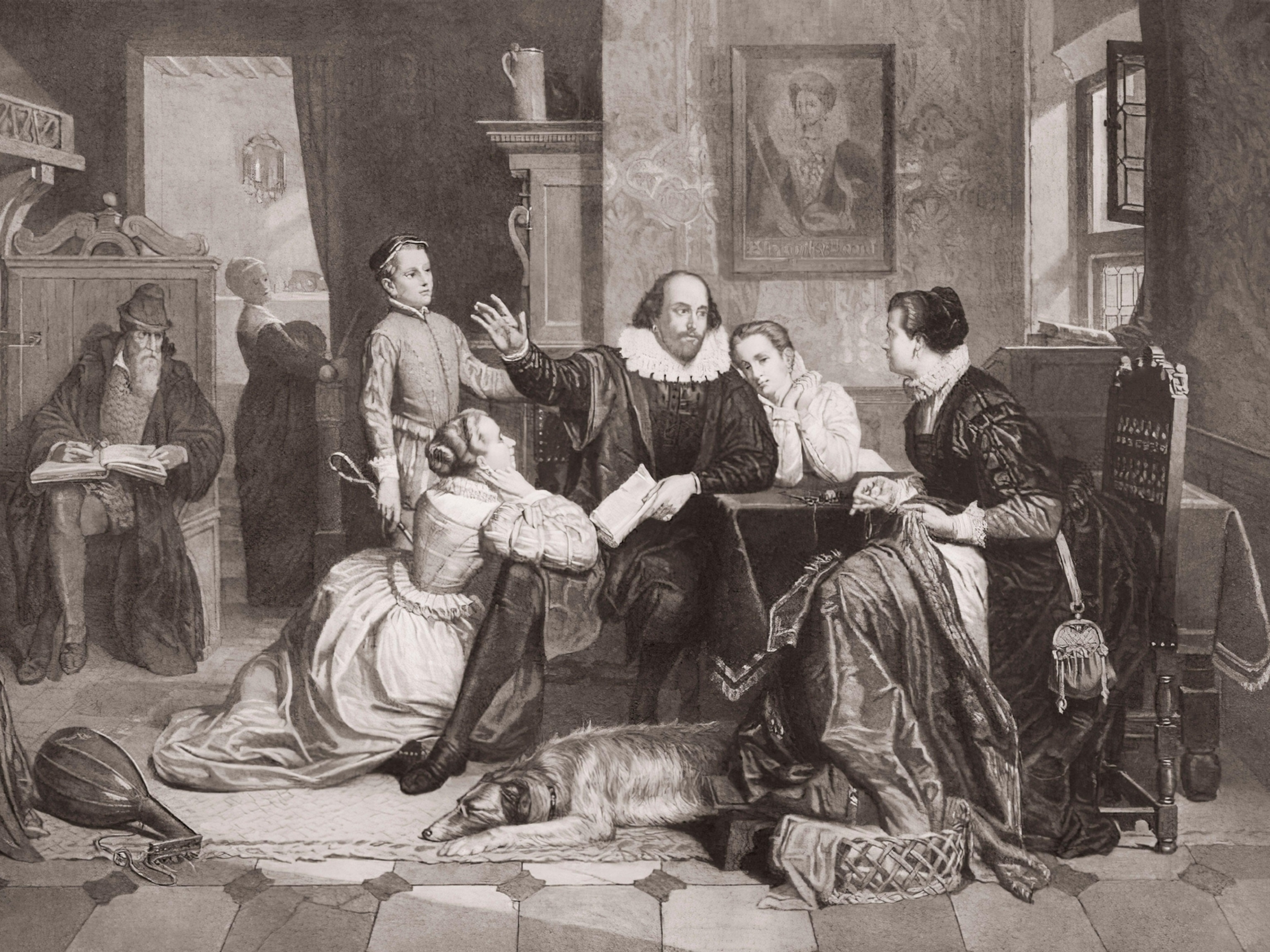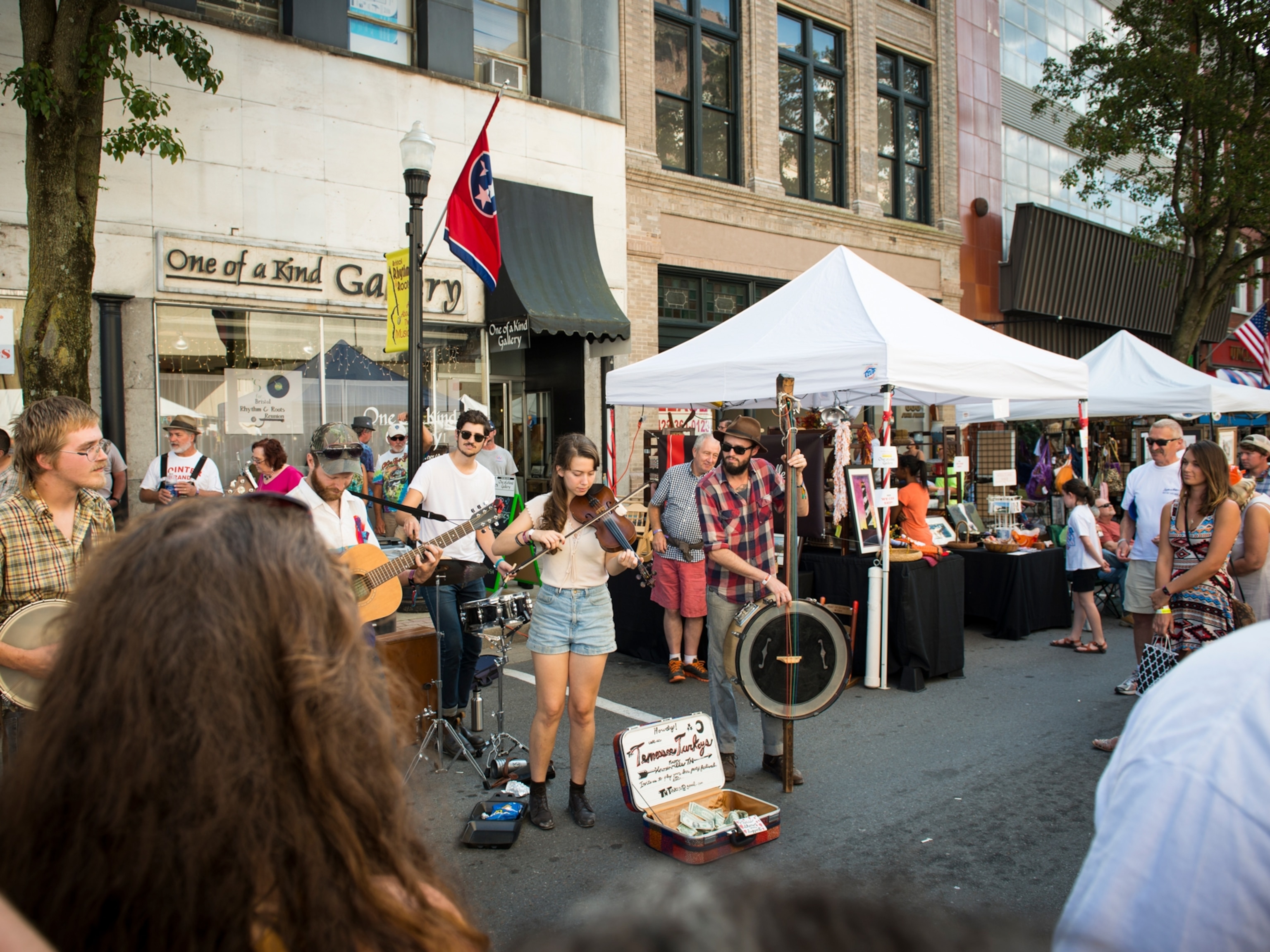
The Death of One of the Oldest Shows on Earth
Amidst animal welfare controversies and a rapidly evolving entertainment industry, what will become of the American circus?
The circus is nearly as old as civilization itself. Paintings of twirling acrobats adorned the walls of Egyptian tombs dating to 1250 B.C.E., the blood of man and beast drenched the sands of the Circus Maximus in Ancient Rome, and the feats of ropewalkers in medieval Europe were believed to be acts of sorcery and banned by the Church.
The circus as it’s known today can be traced to 1768, when trick rider Philip Astley discovered that when his horse galloped in a circle, the centrifugal and centripetal forces allowed him to balance on its back. He built a ring, hired a clown, and the modern circus was born.
“I knew that there were a handful of small one-ring circuses still running in the [United States] and I had a gut feeling that they were kind of at the end of an era,” says photographer Brian Lehmann, who captured the remnants of a place seemingly frozen in time.
Over the past two decades, traditional circuses have rapidly disappeared amidst reports of widespread animal abuse, but in the dusty corridors of the Midwest, their legacy remains intact. “It’s very old school. When you walk into one of these things its takes back to an era that’s highly unique … it takes you back to the 1950s,” Lehmann says.

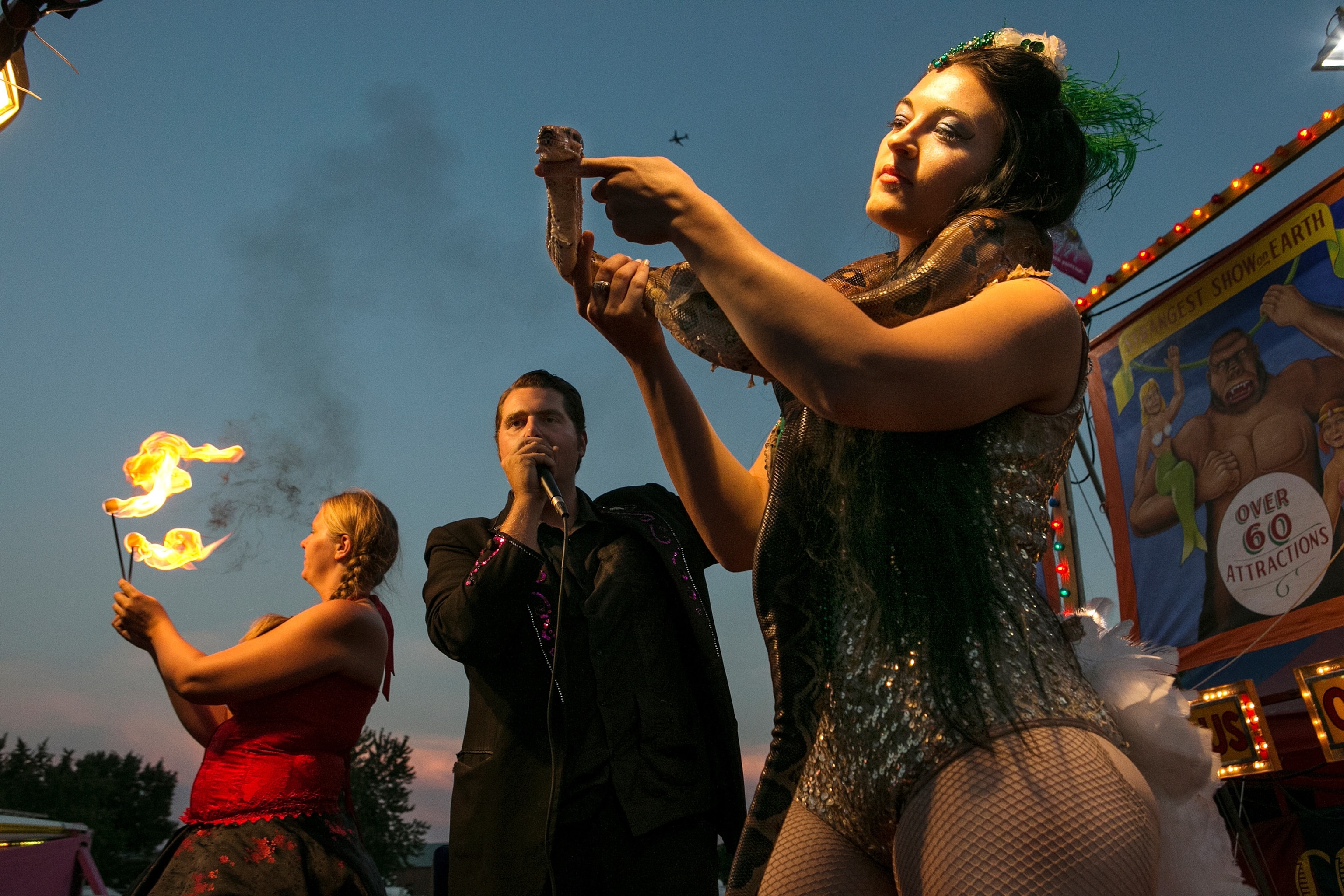

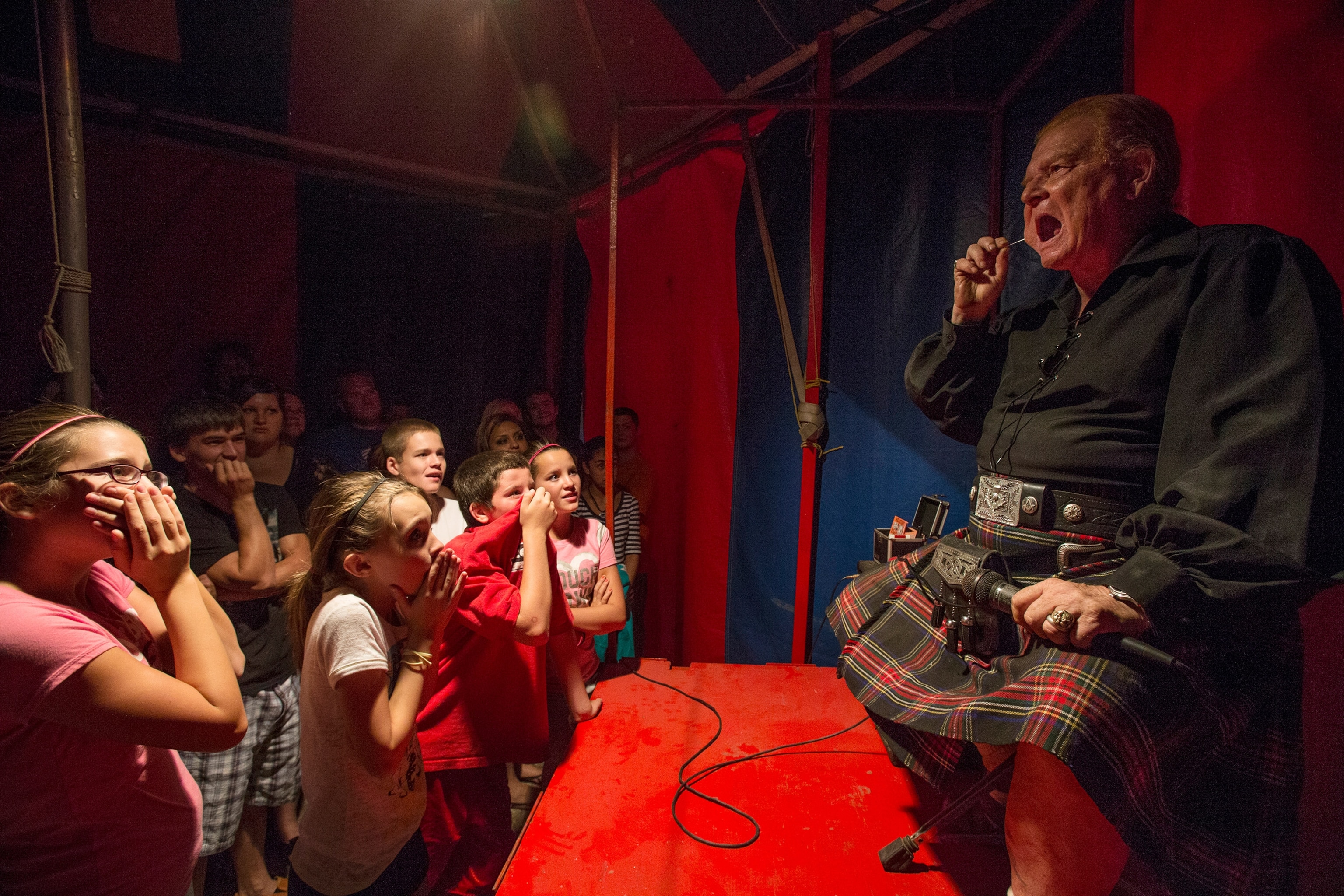
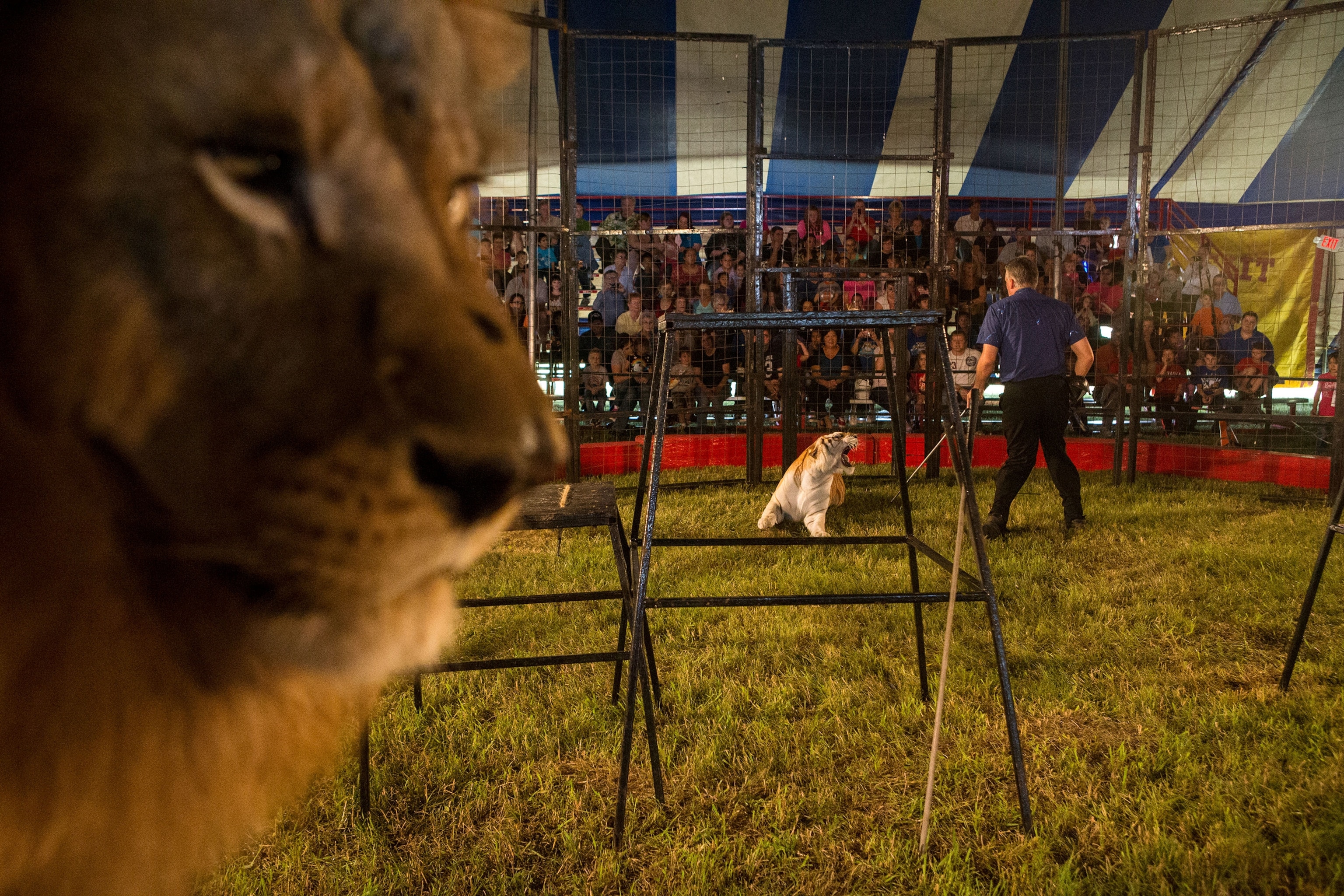
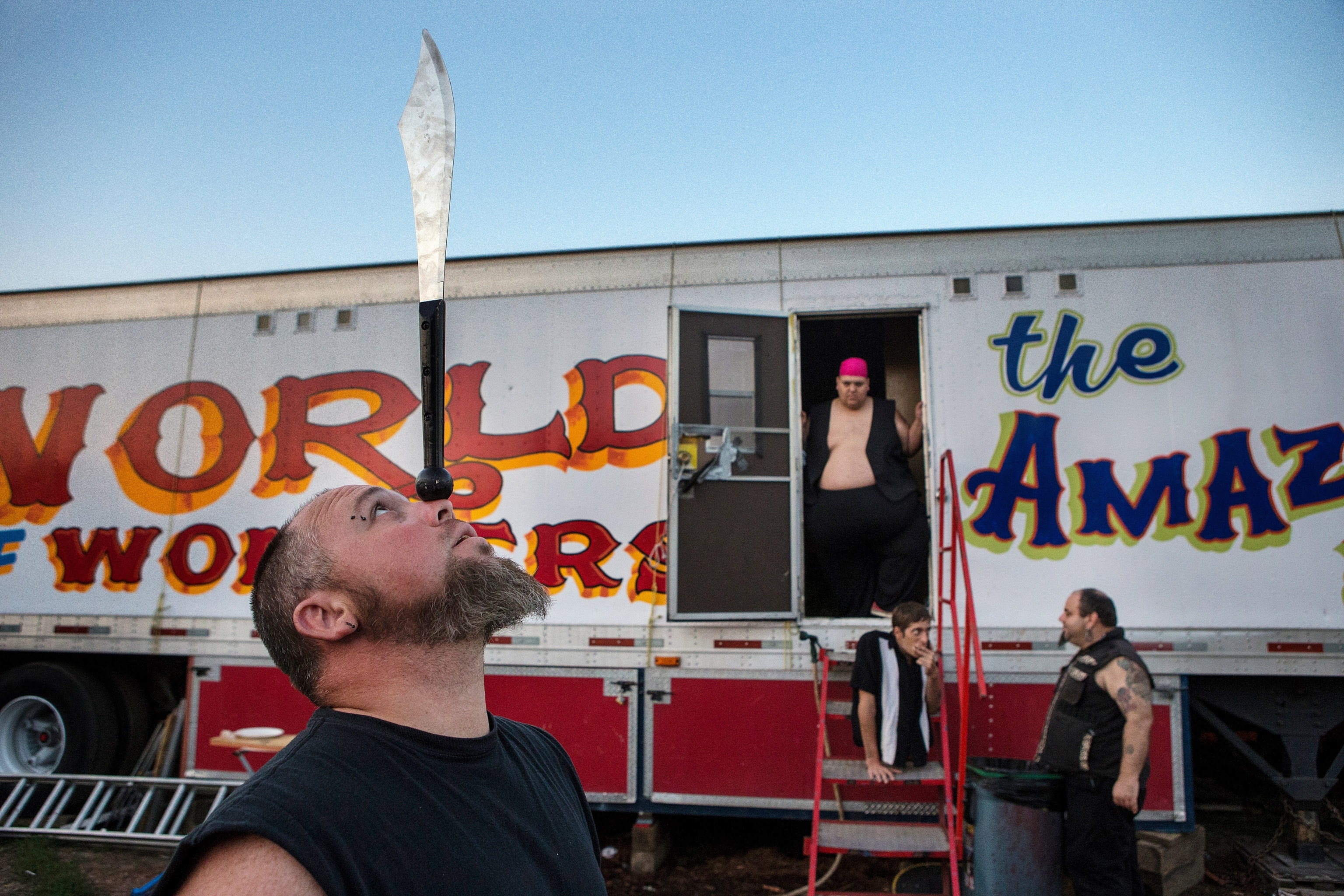
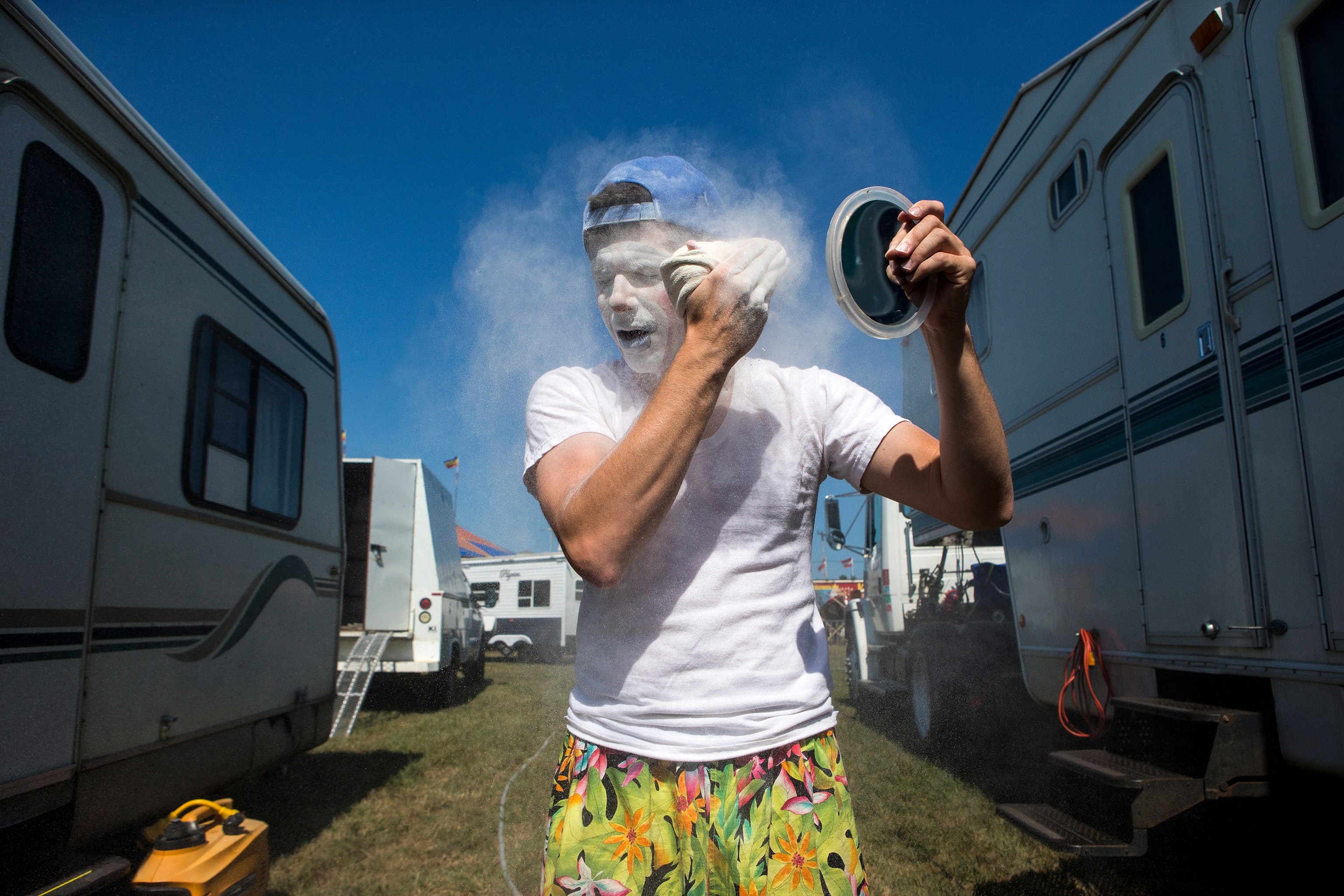
While only about 30 traveling shows remain today, during the circus’s heyday in the mid-19th century, massive caravans of ornate wagons and painted performers regularly paraded through towns across the U.S., becoming a national hallmark. Crowds came to bear witness to the strange and impossible—captivated by gaudy costumes, men who could swallow fire, women who could twist into shapes that defied reason, and the cinnamon smell of crackerjacks that sweetened the air.
But between the world wars, as the country experienced economic depression so did the circus. New passport laws, customs regulations, and currency caps significantly limited the freedom of movement they enjoyed in the century prior. Simultaneously, the demise of train travel and the arrival of the motor vehicle forced many circuses to abandon the railroad and move back into truck shows. By the time the country finally recovered from the Great Depression, the advent of motion pictures and television posed a new threat, as the public was faced with ever expanding entertainment options.
Though traveling shows continued to flourish throughout the 50s, 60s, and 70s, controversy simmered beneath. The earliest circuses were built on the backs of horses, monkeys, and dogs, but beginning in the 18th century, lions, elephants, bears, hippos, and giraffes—animals never before seen in the streets of London and New York—were shipped across oceans and ticket sales skyrocketed. Phineas T. Barnum, considered one of the greatest showmen in U.S. history, famously said, “Elephants and clowns are pegs on which to hang a circus.”
By the late 20th century, a new generation of animal welfare activists challenged circus owners across Britain and the United States to ban animal acts, citing the cruelty involved in their capture and training. Awareness took root in the public consciousness and business dwindled, eventually culminating in the closure of Ringling Bros., one of the oldest and largest American circuses.
“Ticket sales have been declining, but following the transition of the elephants off the road, we saw an even more dramatic drop,” CEO Kenneth Feld said in a statement. “This, coupled with high operating costs, made the circus an unsustainable business for the company.” The circus will hold its final show on May 21, 2017, the grand finale in a tumultuous past.
- National Geographic Expeditions
The fate of the remaining traveling circuses and sideshows in the U.S.—relics of a bygone era—remains to be seen. “I would be shocked if those small one-ringed circuses totally go away because the fewer and fewer that there are, the more interesting it will become and more of a niche,” Lehmann says. “The truth is most of these guys have routes that have been built up over many many years.”
Others contend that the closure of Ringling Bros. is a sign of the times for one of the oldest tourist attractions on Earth. “We’ve been through world wars, and it’s been through every kind of economic cycle and it’s been through a lot of change,” Feld told the Associated Press. “In the past decade there’s been more change in the world than in the 50 or 75 years prior to that. And I think it isn’t relevant to people in the same way.”
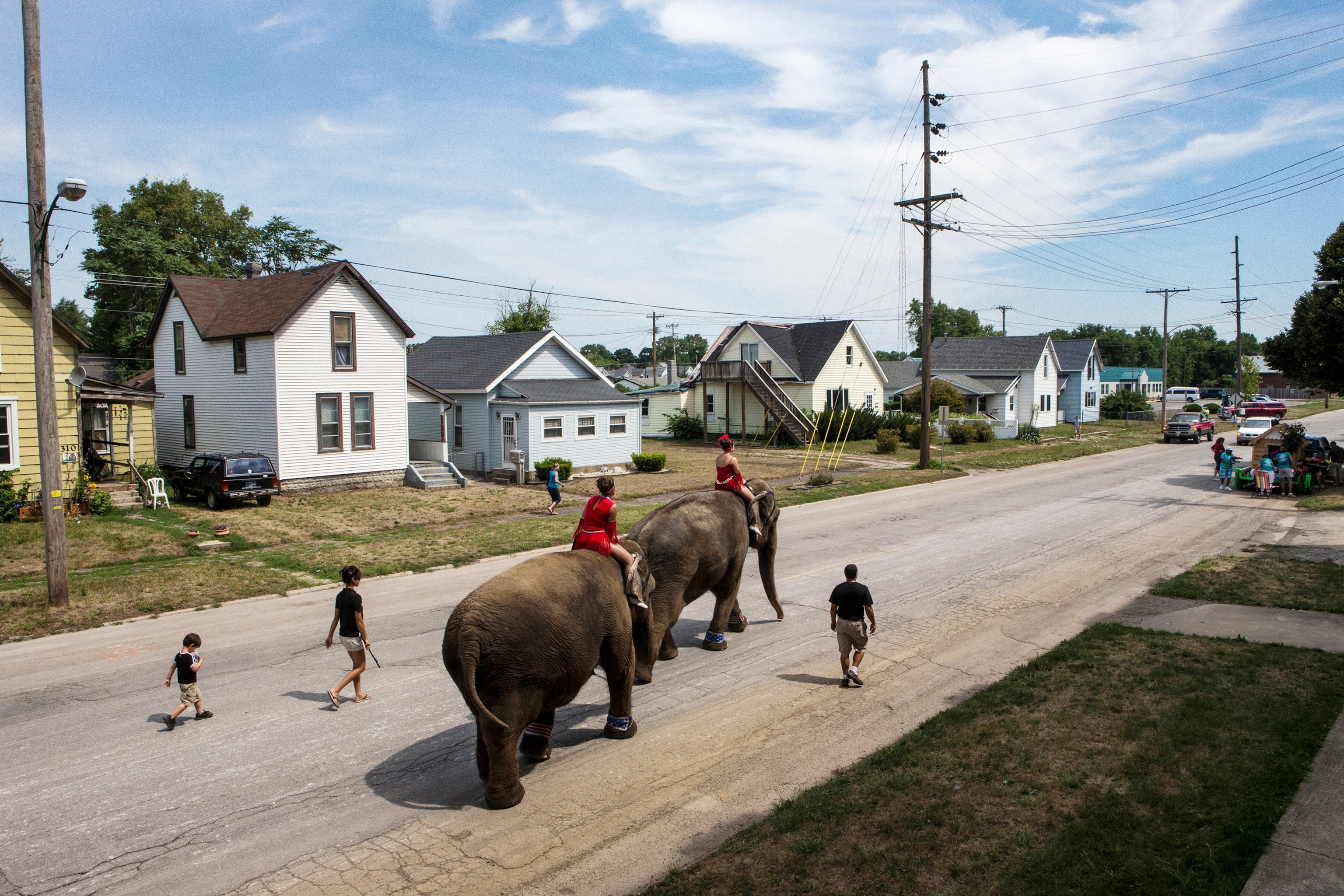
Brian Lehmann is a photojournalist based in Lincoln, Nebraska. Follow him on Instagram @brianlehmannphotography.


